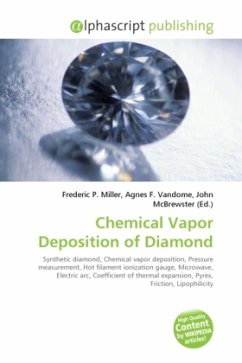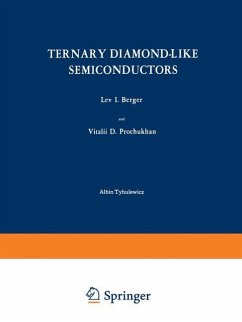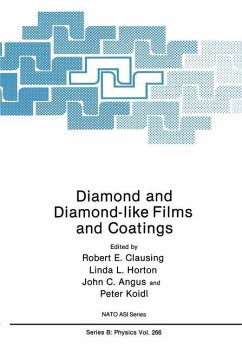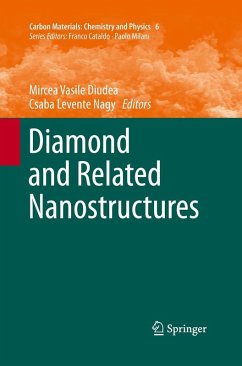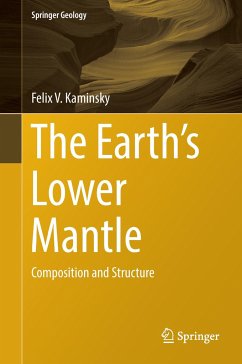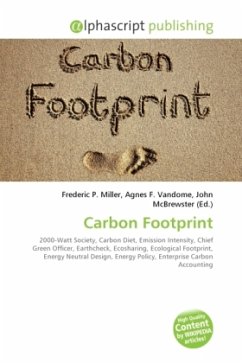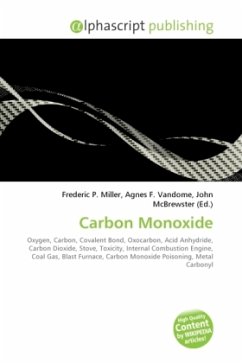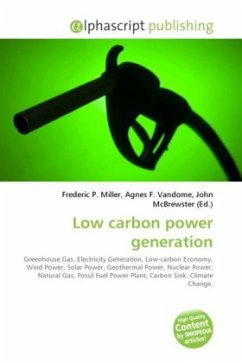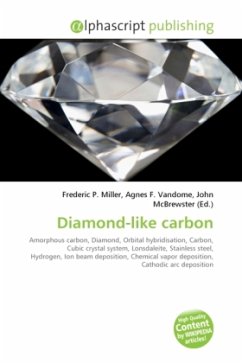
Diamond-like carbon
Versandkostenfrei!
Versandfertig in 6-10 Tagen
26,99 €
inkl. MwSt.

PAYBACK Punkte
13 °P sammeln!
Diamond-like carbon (DLC) exists in seven different forms of amorphous carbon materials that display some of the unique properties of diamond. They are usually applied as coatings to other materials that could benefit from some of those properties. All seven contain significant amounts of sp3 hybridized carbon atoms. The reason that there are different types is that even diamond can be found in two crystalline polytypes. The usual one has its carbon atoms arranged in a cubic lattice, while the very rare one (lonsdaleite) has a hexagonal lattice. By mixing these polytypes in various ways at the...
Diamond-like carbon (DLC) exists in seven different forms of amorphous carbon materials that display some of the unique properties of diamond. They are usually applied as coatings to other materials that could benefit from some of those properties. All seven contain significant amounts of sp3 hybridized carbon atoms. The reason that there are different types is that even diamond can be found in two crystalline polytypes. The usual one has its carbon atoms arranged in a cubic lattice, while the very rare one (lonsdaleite) has a hexagonal lattice. By mixing these polytypes in various ways at the nanoscale level of structure, DLC coatings can be made that at the same time are amorphous, flexible, and yet purely sp3 bonded "diamond". The hardest, strongest, and slickest is such a mixture, known as tetrahedral amorphous carbon, or ta-C. For example, a coating of only 2 m thickness of ta-C increases the resistance of common (i.e. type 304) stainless steel against abrasive wear; changing its lifetime in such service from one week to 85 years. Such ta-C can be considered to be the "pure" form of DLC, since it consists only of sp3 bonded carbon atoms.



